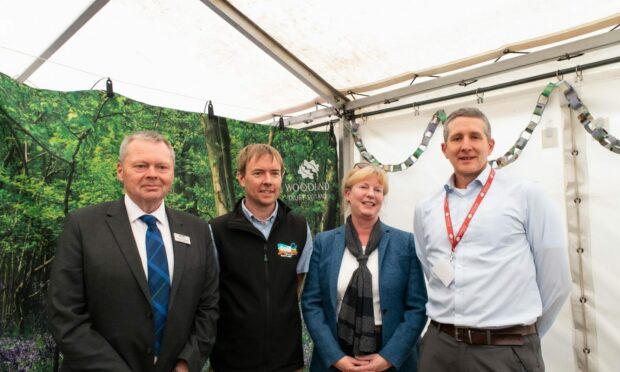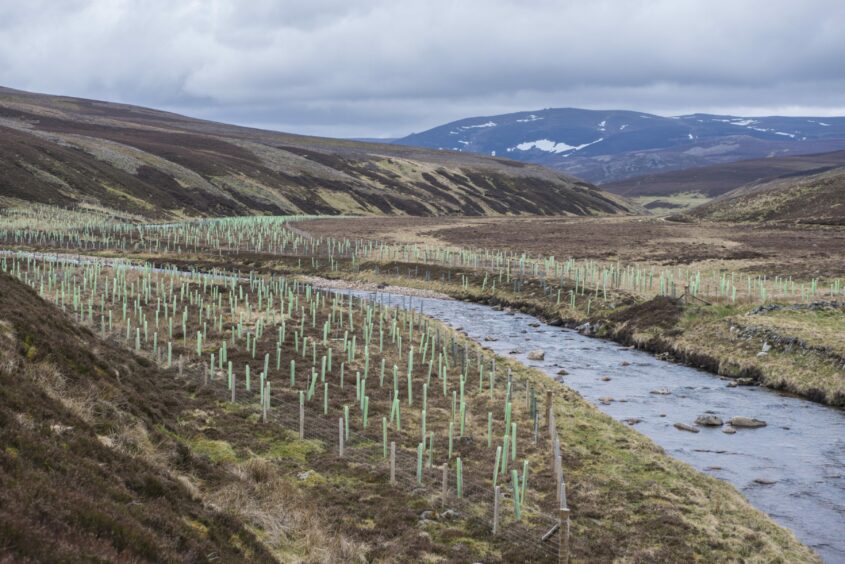A 50% increase in the grant rate for agroforestry projects is one of four new measures announced recently by Rural Affairs Secretary Mairi Gougeon.
It comes as agricultural stakeholders called on the Scottish government to help enable farmers and crofters to integrate trees alongside food production.
Woodland Trust, Soil Association Scotland and NFU Scotland gathered at the Royal Highland Show to publish a briefing on the matter to Deputy First Minister and Minister for Finance Shona Robison.
Announcing the agroforestry boost at the Why Grow Trees? event at the show, Ms Gougeon revealed that the increased grant rate for agroforestry projects would see payments go from £3,600 per hectare to £5,400 per hectare.
Other measures include making agroforestry funding available for planting fruit and nut and native trees, and allowing additional protection measures for trees to allow cattle to graze within agroforestry projects.
Farmers will also have more opportunity to participate in agroforestry by adapting the planting thresholds.
Ms Gougeon said the new measures will be introduced this summer, giving prospective applicants time to work up new projects.
“The farming community has a large part to play in reaching our national woodland creation targets and to becoming world leaders in sustainable and regenerative agriculture,” said Ms Gougeon.
“Encouraging and supporting farmers to integrate trees on their farms is also vital in achieving our overall targets for net zero.
“Not only are there benefits to climate change and biodiversity, planting trees can provide farmers with added income, shelter for livestock and some diversification to the business.
“I’d like to see more farmers reap the benefits of tree planting and these new measures will do just that and boost agroforestry in Scotland.”
Despite a growing concern in relation to large-scale woodland creation on agricultural land in Scotland, NFU Scotland (NFUS) vice-president Andrew Connon says the union supports an integrated approach which prioritises the right tree in the right place.
The audience heard that while some farmers and crofters have taken steps to integrate trees, hedgerows and woodland with their farming businesses, there are still significant barriers to making this more common.
“The integration of trees on farms is not about land use change, it is about integrating trees, hedges and woodlands while maintaining agricultural production,” said Mr Connon.
“The Scottish government needs to make it easier for people to access funding options to integrate trees on farms and crofts. This means they need to be more farmer-friendly, reducing red tape and bureaucracy, and providing more flexibility and options for smaller areas of planting.”
According to the stakeholders, the Scottish government should ensure there are non-competitive options that are not bound to a time-restricted application process and it should be made easier for tenant farmers to access support.

